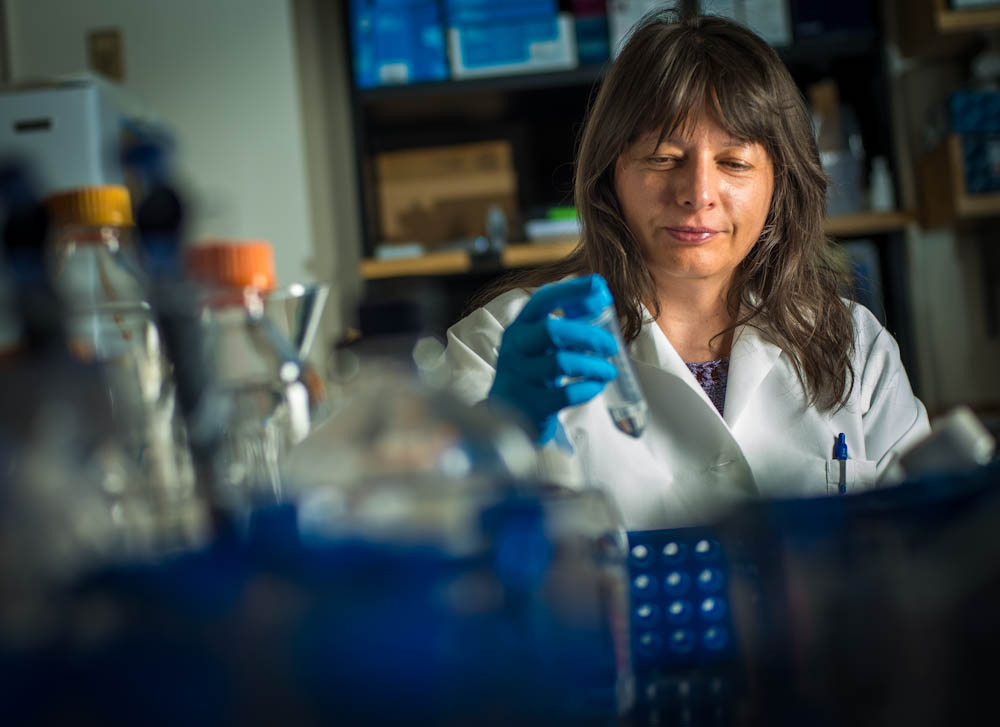The inner world of a cancerous tumor is a place of intense rivalry, subversion, and aggression. Multiple subgroups of malignant cells – each with its own pattern of molecular features – vie with one another for nutrients, access to the blood supply, and room to grow and spread.

This diversity, or “heterogeneity,” complicates efforts to develop drugs that target the abnormal proteins in tumor cells. With so many subsets of cancer cells to choose from, how can researchers know which ones represent the tumor’s Achilles’ heel – the ones that are the tumor’s greatest vulnerability?
Researchers generally assumed that these most vital cells are the ones that grow and proliferate the fastest. But because the research involved cells grown in laboratory glassware, it may not reflect what happens in patients. To better model real-world conditions, Dana-Farber scientists led by Kornelia Polyak, MD, PhD, and Franziska Michor, PhD, studied heterogeneity in breast cancer samples implanted in laboratory animals.
Read more:
Their findings obliterated the conventional wisdom. Instead of the fastest-growing cells being the main drivers of tumor growth, the key cells turn out to be the ones that alter tumor tissue in a way that spurs their own growth.
“The goal of truly individualized therapy for cancer is to kill the subsets of cells that are driving the tumor’s growth at the time of treatment – even if other subsets are proliferating more robustly,” Polyak states. “We need to be sure we can accurately identify and target those drivers.”
